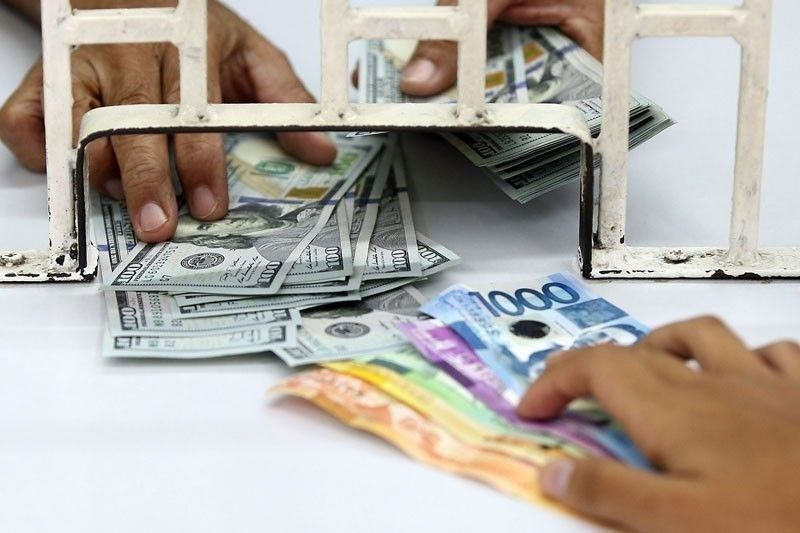Peso seen to strengthen further to 50:$1 in 2020

MANILA, Philippines — The peso may strengthen further to 50 to $1 this year and to 48.50 to $1 in 2021 despite the country’s higher demand for dollars to support the growing economy.
“We expect the peso to continue appreciating over 2020, reaching 50 by year-end,” ANZ said in a report.
The peso emerged as the second best performing currency in Asia after the Thai baht in 2019 after six straight years of depreciation. The local currency gained 3.7 percent to settle at 50.635 to $1 in 2019 from 52.58 in 2018.
“However, a higher share of external funding for infrastructure projects, sustained improvement in tourist arrivals, expectations of better export performance, and subdued oil prices are likely to counter the import-led pressures on the currency,” ANZ said.
The government has earmarked between P8 trillion and P9 trillion to finance its massive infrastructure Build Build Build program.
The investment bank expects the country’s gross domestic product (GDP) growth to pick up to 6.2 percent in 2020 and 2021 after slumping to 5.8 percent last year from 6.2 percent in 2018.
It also sees inflation averaging 2.9 percent in 2020 and 3.1 percent in 2021 after easing to 2.5 percent in 2019 from 5.2 percent in 2018.
“Better growth prospects, alongside a range bound increase in inflation, are also expected to support portfolio inflows into the economy. A key risk to our view is from the potential second round impact of higher fiscal spending on private incomes, which can in turn enhance demand for capital and consumer goods imports,” ANZ said.
However, it said that is unlikely to be immediate or of the magnitude seen in the last couple of years, thus keeping the peso relatively unaffected.
The benign inflation environment and slower-than-expected GDP growth allowed the Bangko Sentral ng Pilipinas (BSP) to slash interest rates by 75 basis points last year, partially unwinding a tightening cycle that saw benchmark rates by 175 basis points in 2018.
ANZ said it expects a two 25 basis points rate cuts this year given the mix of sub-potential growth and manageable inflation.
It also sees the BSP further lowering the reserve requirement ratio for big, mid-sized, and small banks as part of its commitment to bring down the level to single digit by 2023.
- Latest
- Trending
































